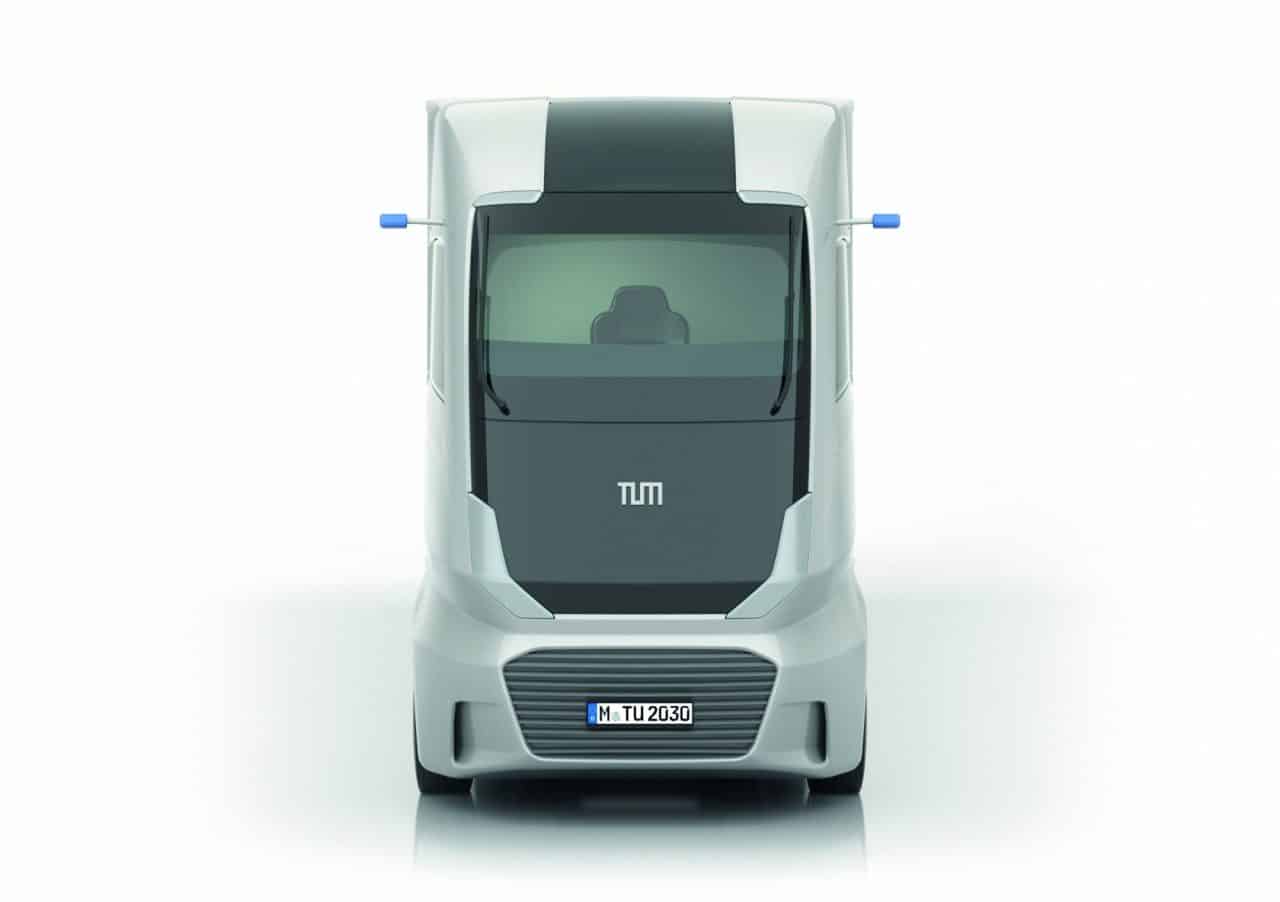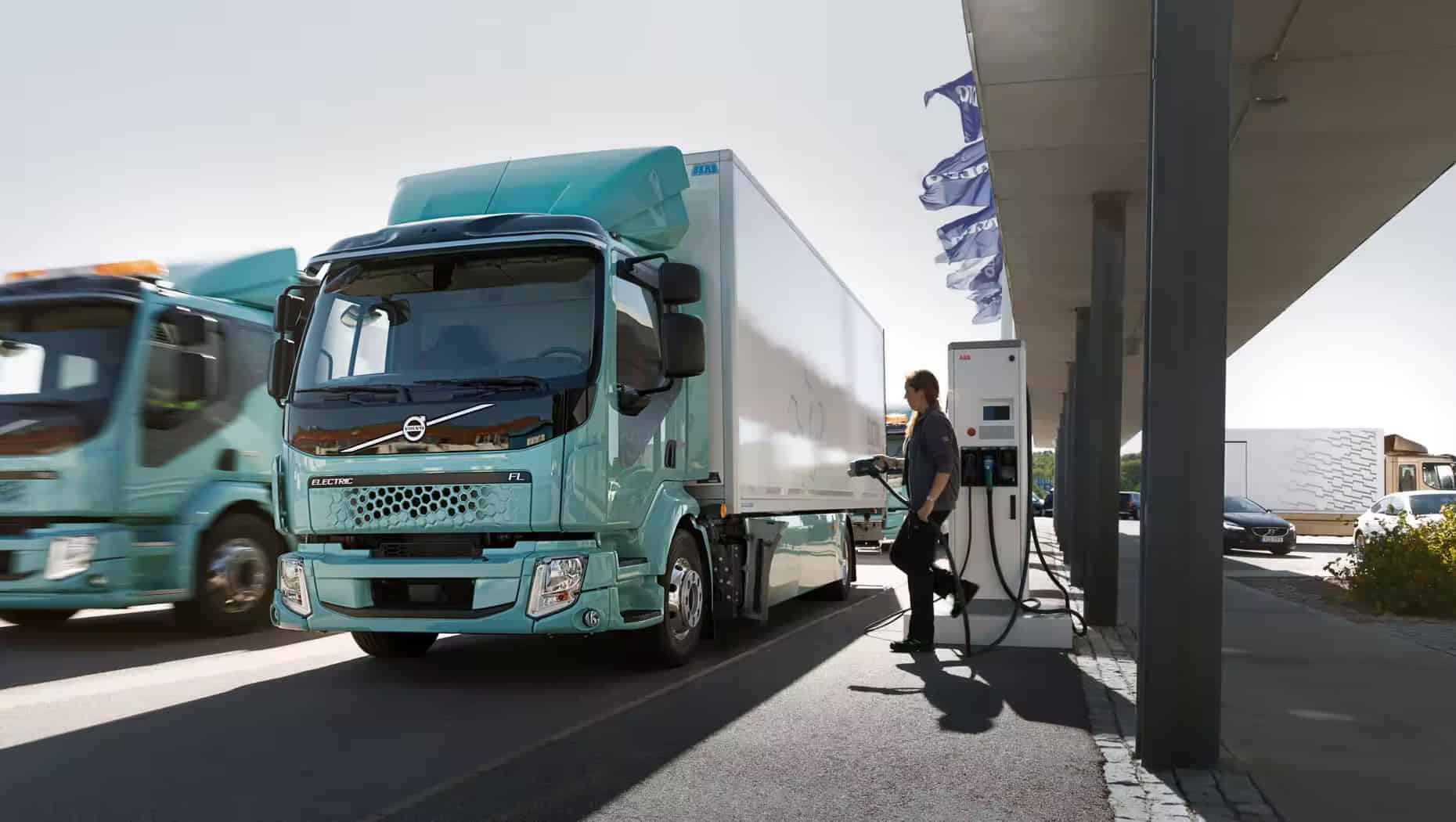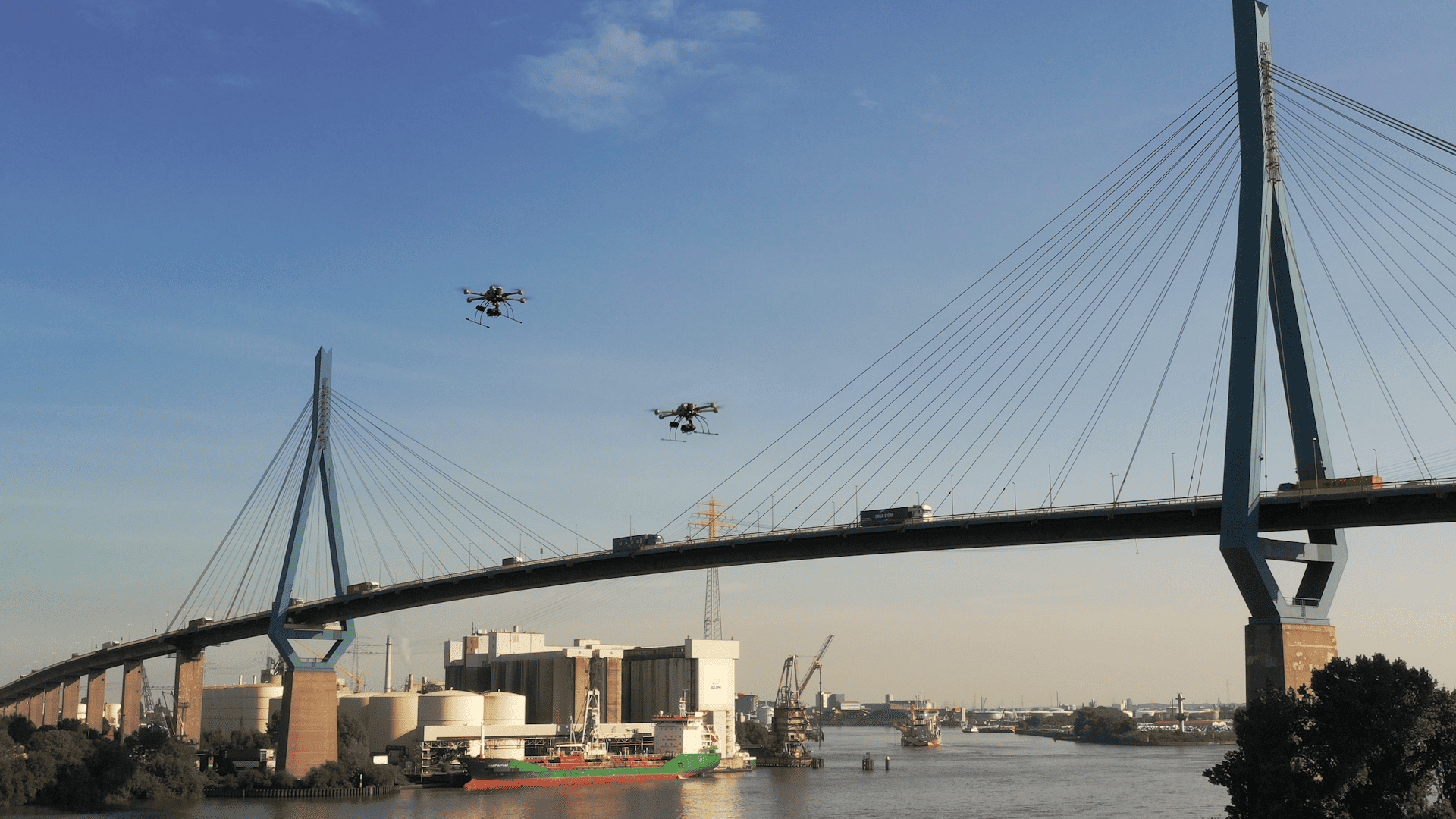
Even today, trucks are indispensable for transporting goods. According to the Federal Ministry of Transport and Digital Infrastructure in Germany, truck freight traffic is set to increase even further in the future. An increase of 39 per cent compared to 2010 is expected by 2030. It is logical that new, efficient and above all environmentally friendly concepts will have to be developed to cope with this growth. Above all, however, emissions such as carbon dioxide, soot particles and nitrogen oxides must be avoided. As part of the “Truck2030” project, scientists from TU Munich have investigated all areas of the truck of the future that they presented at the current IAA Commercial Vehicles in Hanover.
Truck2030 – more fitness for the driver
As a starting point, the researchers assume that trucks will drive autonomously on motorways in the future. It may, therefore, come as no surprise that the driver’s cab will have a completely new function. According to the researchers, the driver could invest the time gained in health prevention. That’s why there are wire rope hoists in the cab. By the way, they are the same as those known from fitness studios. A virtual reward system should increase the motivation to complete the exercises.

Fuel savings
Perhaps the project name “Truck2030” already has a first indication that the length of future trucks will increase to 25.25 metres. According to the research results, this is ideal for making freight transport more efficient. The argument: The Truck2030 would replace two long trucks or even three trucks of normal length. This would save fuel, which in turn would have advantages for the environment and economic efficiency.
The researchers are making calculations: The use of long trucks could save around 20 per cent of CO2 emissions due to lower fuel consumption with the same load. A diesel plug-in hybrid drive would reduce pollutant emissions by a further ten per cent. According to the scientists, an electric drive would not make sense according to the current state of the art. A battery would be too large and too heavy to provide the required range.
They see further potential savings in CO2 emissions through tyres optimised for rolling resistance and improved aerodynamics. A further 10 per cent would be possible. The researchers also took a close look at loading and unloading. Time and resources could be saved with the help of apps that scan the load via scan code or NFC.
Truck2030 – How to move?
One of the probably most important questions raised by the “Truck2030” concept is the question of implementation. In order to get this giant truck on the road, it would have to be registered throughout Europe – and probably beyond. Questions of safety and road wear also need to be clarified. Another point, however, is infrastructure. The diesel plug-in hybrid requires additional charging points on the motorways, which could also be used by electric cars.
To date, Truck 2030 is a research project of the Technical University of Munich in cooperation with the East Bavarian Technical University of Regensburg and five industrial partners. It is funded by the Bavarian Research Foundation. It remains to be seen whether the Truck 2030 with integrated fitness cabin will prevail.
Photo: Chair of Industrial Design / TUM








